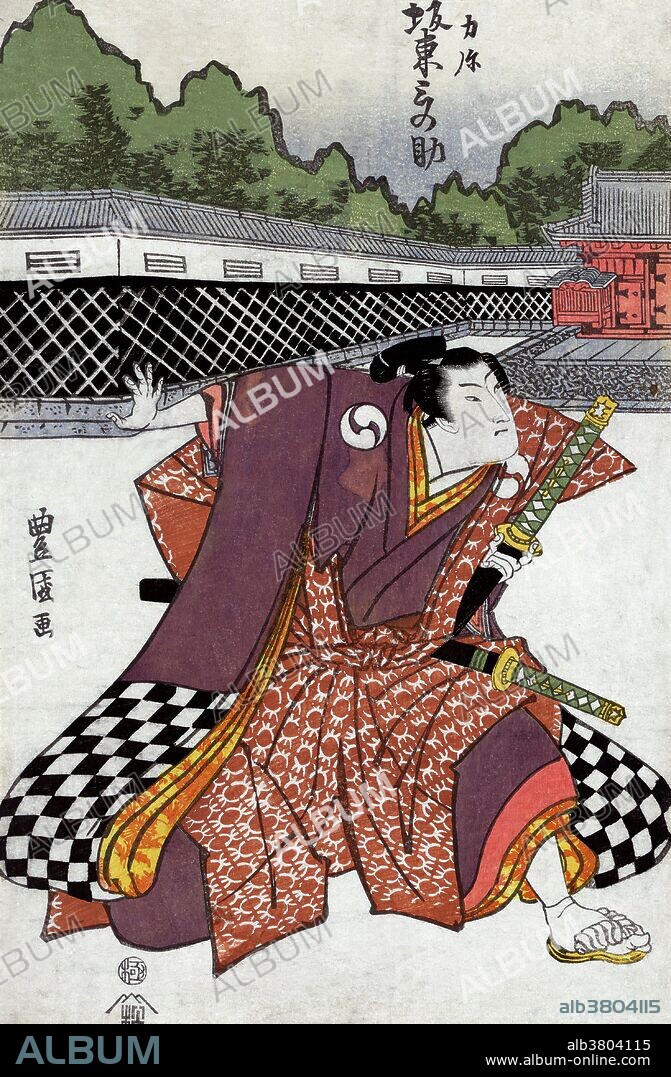alb3804115
Samurai Warrior, 18th Century

|
Añadir a otro lightbox |
|
Añadir a otro lightbox |



¿Ya tienes cuenta? Iniciar sesión
¿No tienes cuenta? Regístrate
Compra esta imagen
Título:
Samurai Warrior, 18th Century
Descripción:
Ver traducción automática
Entitled: "Bando minosuke no rikiya"; shows the actor Bando Minosuke as the young samurai Rikiya from the Chushingura. Chushingura is the title given to fictionalized accounts in Japanese literature, theater, and film that relate the historical incident involving the Forty-seven Ronin. The story tells of a group of samurai who were left leaderless (becoming ronin) after their daimyo (feudal lord) Asano Naganori was compelled to commit seppuku (ritual suicide) for assaulting a court official named Kira Yoshinaka. The ronin avenged their master's honor by killing Kira, after waiting and planning for a year. In turn, the ronin were themselves obliged to commit seppuku for committing the crime of murder. This true story was popularized in Japanese culture as emblematic of the loyalty, sacrifice, persistence, and honor that people should preserve in their daily lives. Woodcut by Toyokuni Utagawa, circa 1801-10.
Crédito:
Album / LOC/Science Source
Autorizaciones:
Modelo: No - Propiedad: No
¿Preguntas relacionadas con los derechos?
¿Preguntas relacionadas con los derechos?
Tamaño imagen:
2947 x 4500 px | 37.9 MB
Tamaño impresión:
25.0 x 38.1 cm | 9.8 x 15.0 in (300 dpi)
Palabras clave:
ACONTECIMIENTO • ARTE • ASIATICO • CABALLERESCO • CABALLERIA • DIBUJO • FAMOSO • GRABADO EN MADERA • HISTORIA • HISTORICO • HOMBRE • HOMBRES • ILUSTRACION • IMPORTANTE • JAPON • JAPONES • LEGENDARIO • MASCULINO • MILITAR • OBRA DE ARTE • PLANCHA DE MADERA • RETRATO DE HOMBRE • SAMURAI • SIGLO XVIII • SOLDADO • XILOGRAFIA
 Pinterest
Pinterest Twitter
Twitter Facebook
Facebook Copiar enlace
Copiar enlace Email
Email
